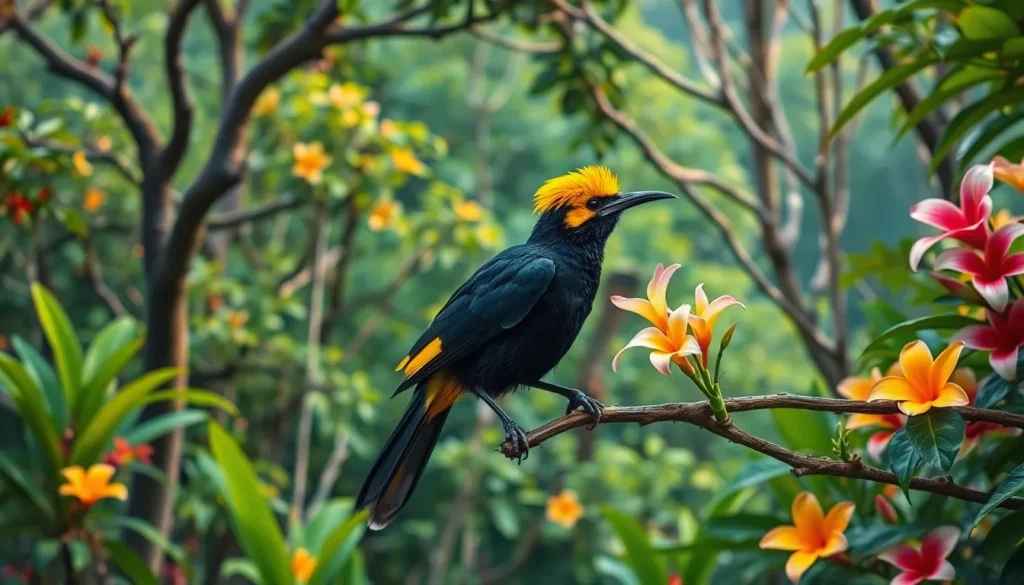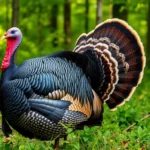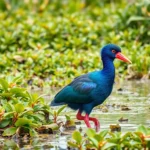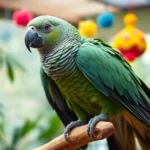The haunting call of the Kauai O’o bird still echoes through conservation circles decades after its extinction. This remarkable Hawaiian honeycreeper once filled the lush forests of Kauai with its distinctive song until habitat destruction and disease drove it to disappear forever in the 1980s.
We’re diving into the tragic story of one of Hawaii’s most iconic lost species – a bird that became the symbol of what we lose when ecosystems collapse. The Kauai O’o’s journey from abundance to extinction offers crucial lessons about island biodiversity and the devastating impact humans can have on fragile ecosystems.
Through examining this beautiful bird’s life cycle habitat needs and ultimate demise we’ll uncover why the Kauai O’o matters more than ever in today’s conservation efforts. Its story isn’t just about loss – it’s about understanding how we can prevent future extinctions and protect the species that remain.
What Was the Kauai O’o Bird?
The Kauai O’o (Moho braccatus) was a critically important Hawaiian honeycreeper that represented one of Hawaii’s most distinctive endemic bird species. This remarkable songbird played a crucial role in Kauai’s network before its extinction marked a devastating loss for island biodiversity.
Physical Characteristics and Appearance
Black plumage dominated the Kauai O’o’s sleek body, creating a striking silhouette against Kauai’s lush forest canopy. Bright yellow feather tufts adorned the bird’s legs and undertail coverts, providing the species with its most recognizable feature. Adult males measured approximately 8 inches in length and weighed around 1.2 ounces.
The bird’s curved bill perfectly adapted to extract nectar from native Hawaiian flowers, particularly the tubular blossoms of ohia lehua trees. Golden yellow patches contrasted beautifully against the predominantly dark feathers, creating a visual pattern that distinguished the Kauai O’o from other Hawaiian forest birds. Males displayed more vibrant yellow markings than females, with the coloration becoming more pronounced during breeding seasons.
Long tail feathers extended beyond the bird’s compact body, giving the Kauai O’o an elegant appearance during flight. Their dark eyes reflected intelligence and alertness, traits that served them well in handling Kauai’s dense forest environments.
Habitat and Distribution on Kauai
Dense native ohia forests on Kauai’s mountainous interior provided the primary habitat for the Kauai O’o population. These birds thrived in elevations ranging from 1,000 to 4,000 feet, where cool temperatures and abundant rainfall supported diverse plant communities. The Alakai Swamp region became their final stronghold as habitat destruction eliminated lower elevation territories.
Native plant species formed the foundation of the Kauai O’o’s network, with ohia lehua trees serving as both nesting sites and primary food sources. Understory vegetation including native lobelias and other endemic flowering plants provided additional nectar sources throughout the year. The birds showed strong territorial behavior, with mated pairs defending areas of approximately 2 to 3 acres.
Forest fragmentation gradually restricted the Kauai O’o’s range to increasingly isolated pockets of native vegetation. By the 1970s, the remaining population concentrated in the most remote sections of the Alakai Wilderness Preserve, where human disturbance remained minimal. These mountainous refuges offered the last suitable habitat conditions that could support the species’ specialized dietary and nesting requirements.
The Unique Song and Behavior of the Kauai O’o
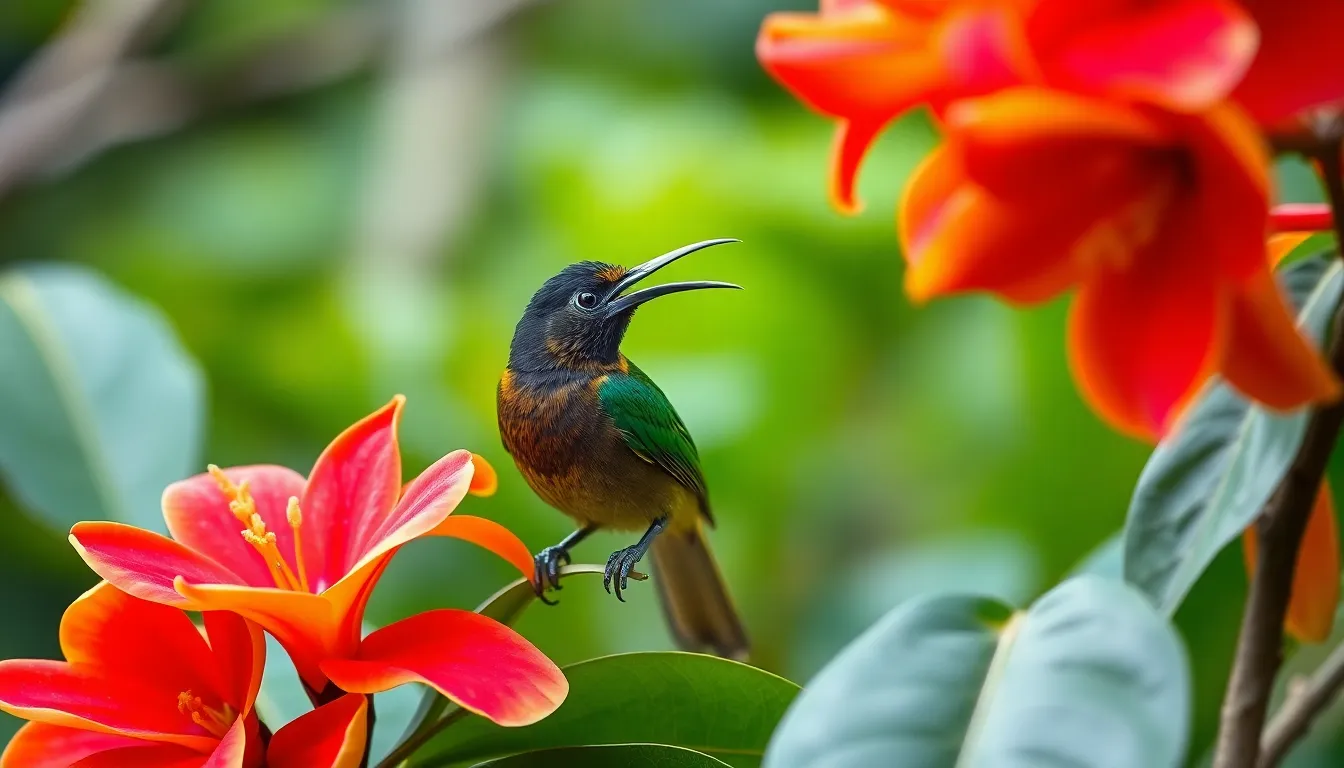
The Kauai O’o displayed remarkable behavioral adaptations that made it one of Hawaii’s most distinctive honeycreepers. Complex vocalizations and specialized feeding patterns defined this species throughout its existence in Kauai’s native forests.
Distinctive Vocalizations and Calls
Haunting melodic calls characterized the Kauai O’o’s vocal repertoire across the Alakai Swamp’s dense canopy. Males produced elaborate songs consisting of 4-6 distinct notes that could carry over 500 meters through the forest understory. Territory establishment relied heavily on these powerful vocalizations, with birds calling most frequently during dawn and dusk hours.
Recording sessions conducted by ornithologists in the 1970s documented at least 12 different call types within the species’ vocal range. Primary territorial songs lasted 3-5 seconds and featured a descending tonal pattern that distinguished Kauai O’o calls from other Hawaiian honeycreepers. Contact calls between mated pairs consisted of softer, shorter notes used for maintaining communication while foraging in separate areas.
Aggressive encounters triggered rapid staccato calls that intensified when competing males approached established territories. These defensive vocalizations often preceded physical confrontations over prime feeding locations within ohia groves.
Feeding Habits and Diet
Nectar extraction from native ohia lehua blossoms formed the cornerstone of Kauai O’o dietary patterns. The species’ curved bill measured 18-22 millimeters in length, perfectly adapted for accessing nectar from tubular native flowers. Foraging behavior concentrated in the forest canopy between 15-25 meters above ground level where ohia trees produced the highest density of blooms.
Morning feeding sessions typically began 30 minutes after sunrise when nectar concentrations reached peak levels in ohia flowers. Individual birds visited 150-200 flowers per hour during active foraging periods, spending 2-3 seconds at each blossom. Territorial males defended clusters of 8-12 flowering ohia trees within their established ranges.
Small insects and spiders supplemented the primarily nectar based diet, particularly during breeding season when protein requirements increased. Arthropod hunting occurred along ohia branches and within bark crevices, with birds consuming an estimated 15-20 insects daily. Native caterpillars from endemic moth species provided essential amino acids during the 4-month breeding period from February through May.
Seasonal feeding patterns shifted based on ohia blooming cycles, with birds traveling up to 2 kilometers between flowering groves during lean periods. Peak foraging activity occurred between 6-9 AM and 4-6 PM when ambient temperatures remained optimal for nectar production.
Decline and Extinction of the Kauai O’o Bird
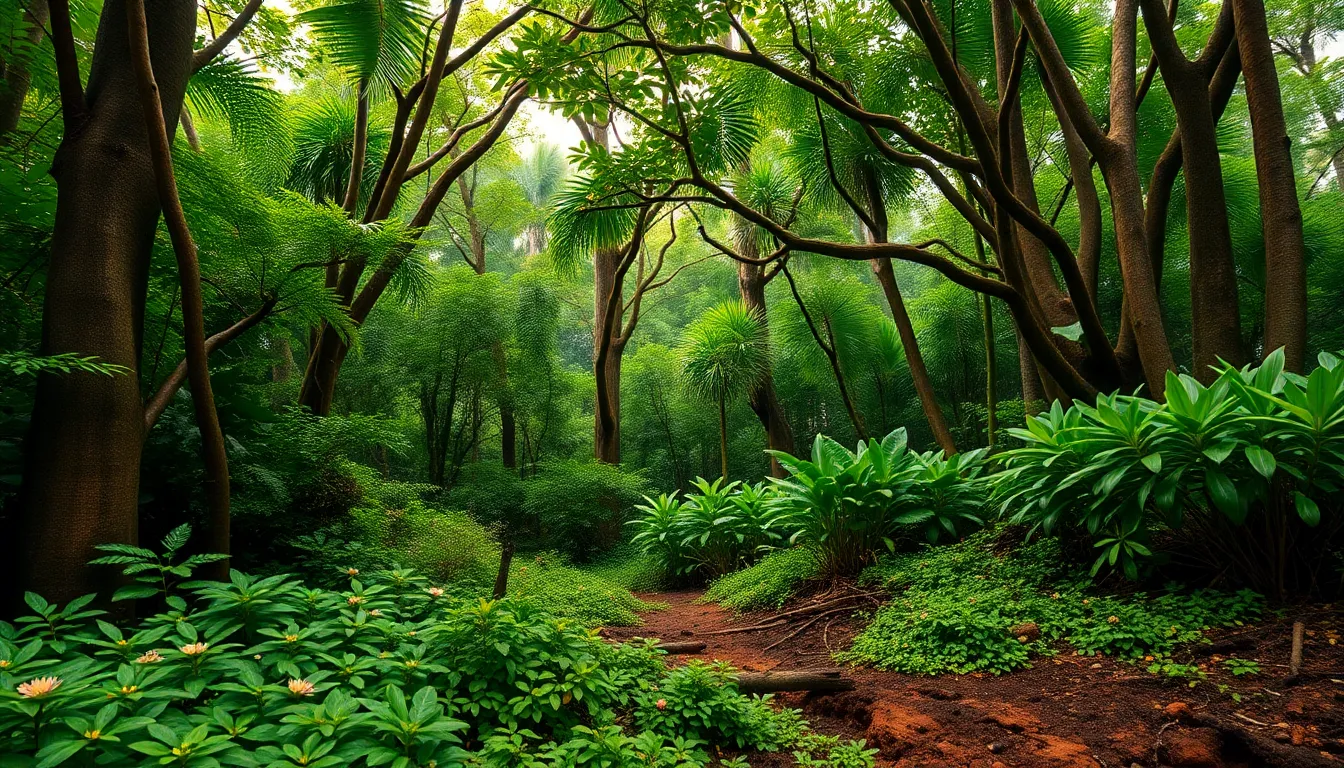
The Kauai O’o experienced a catastrophic population collapse that transformed it from a common forest bird into an extinct species within mere decades. Multiple interconnected factors accelerated this decline throughout the 20th century.
Primary Causes of Population Loss
Habitat destruction eliminated 90% of Kauai’s native forests by the 1970s, forcing the remaining Kauai O’o population into increasingly fragmented refuges. Sugar plantations, cattle ranching, and residential development cleared vast expanses of ohia lehua forests that sustained these specialized nectar feeders.
Introduced diseases devastated Hawaiian honeycreeper populations across all islands during this period. Avian malaria and pox, transmitted by non-native mosquitoes, killed birds that lacked evolutionary immunity to these pathogens. Research indicates disease mortality rates exceeded 70% in affected populations.
Invasive plant species disrupted native ecosystems by outcompeting ohia lehua trees and other indigenous flora. Strawberry guava, kahili ginger, and blackberry vines altered forest structure and reduced nectar availability for the Kauai O’o’s specialized feeding requirements.
Feral ungulates trampled understory vegetation and prevented forest regeneration throughout the bird’s remaining habitat. Wild pigs, goats, and cattle created erosion patterns that destroyed nesting sites and eliminated food sources essential for breeding pairs.
Predation by introduced mammals claimed eggs, nestlings, and adult birds across the species’ shrinking range. Cats, rats, and mongooses targeted ground-level and low-canopy nesting sites where Kauai O’o pairs attempted to raise their young.
Final Years and Last Recorded Sightings
The last confirmed Kauai O’o pair disappeared from Alakai Swamp in 1982, marking the end of successful breeding activity for the species. Researchers documented this final breeding attempt but found no evidence of fledgling survival beyond the nesting period.
A single male Kauai O’o continued calling in the Alakai Wilderness Preserve through 1987, producing the species’ characteristic territorial songs even though having no mate to respond. Cornell Lab of Ornithology recorded these final vocalizations, capturing the bird’s haunting calls that echoed unanswered through the empty forest.
The last verified Kauai O’o sighting occurred on June 27, 1987, when researchers observed this solitary male foraging among ohia lehua blossoms near the Pu’u O Kila lookout. After this date, extensive surveys covering 15,000 acres of potential habitat found no trace of the species.
Intensive search efforts continued through 1989, involving teams of ornithologists equipped with playback equipment to elicit responses from any surviving birds. These surveys covered every accessible area of native forest on Kauai but yielded no confirmed detections or vocalizations.
The species received official extinction status in 2000, though most researchers considered the Kauai O’o functionally extinct by 1988. This 13-year gap between the last sighting and formal declaration reflects the thorough documentation process required for confirming species extinction.
Conservation Efforts and What Went Wrong
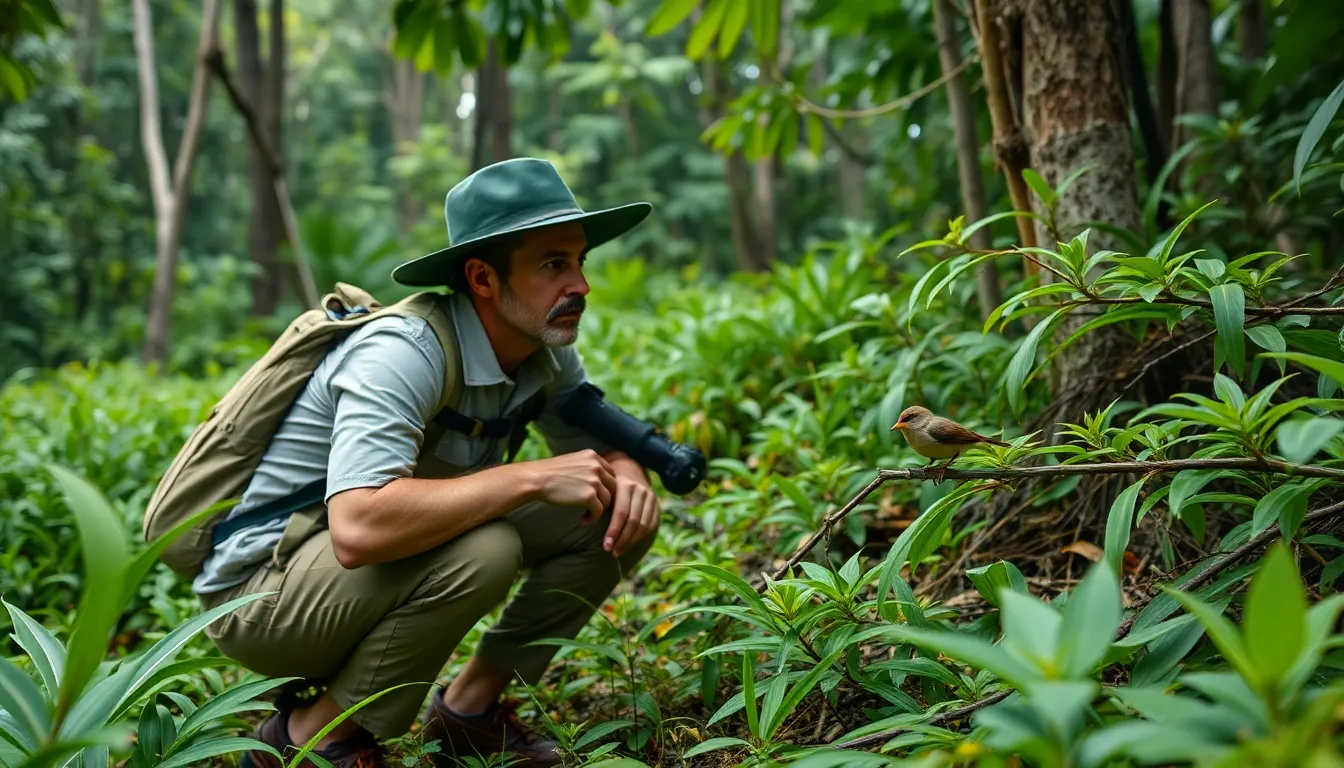
Conservation efforts for the Kauai O’o began too late and faced insurmountable challenges that scientists couldn’t overcome. The species’ rapid decline outpaced protective measures, creating a stark example of conservation failure in Hawaiian ecosystems.
Early Conservation Attempts
Biologists first recognized the Kauai O’o’s declining population in the mid-1970s when surveys revealed dramatic habitat loss across the island. Scientists established monitoring programs in the Alakai Swamp region to track the remaining breeding pairs, documenting their calls and behavior patterns. Field researchers conducted extensive habitat assessments to identify critical nesting areas and food sources within the native ohia forests.
Conservation organizations attempted to control invasive plant species like strawberry guava and banana poka that displaced native vegetation in key O’o territories. Teams removed feral pigs and goats from portions of the Alakai Wilderness Preserve to prevent further root damage and soil erosion. Mosquito control programs targeted breeding sites to reduce avian malaria transmission, though these efforts proved largely ineffective in the remote mountainous terrain.
Captive breeding discussions emerged in the early 1980s as wild populations dwindled to fewer than 10 individuals. Scientists explored translocation options to move remaining birds to predator-free offshore islands like Nihoku or artificial nest box installations. These proposals never materialized due to the extreme difficulty of capturing the highly territorial and elusive remaining birds.
Lessons Learned from the Kauai O’o’s Extinction
The Kauai O’o extinction demonstrates that conservation intervention must begin before species reach critically low population thresholds. Endemic Hawaiian birds require proactive habitat protection rather than reactive emergency measures once decline becomes obvious. Single-species recovery efforts prove insufficient when entire network foundations collapse simultaneously.
Modern conservation strategies now emphasize industry-level network restoration based on the O’o’s failed rescue attempts. Scientists prioritize controlling invasive species before native populations crash rather than attempting damage control afterward. Disease prevention through mosquito management receives greater funding allocation in current Hawaiian bird conservation programs.
The O’o’s story influences contemporary conservation timing protocols that trigger intervention at 50% population decline rather than waiting for near-extinction scenarios. Habitat connectivity preservation takes precedence over fragmented refuge creation in modern Hawaiian forest management plans. Captive breeding facilities now maintain genetic samples from endangered Hawaiian honeycreepers to prevent complete genetic loss if wild populations collapse.
Network restoration projects across Hawaii incorporate O’o habitat requirements as baseline standards for native forest reconstruction. Scientists use the O’o extinction timeline as a case study for training conservation biologists about intervention timing and resource allocation priorities. The species serves as a flagship example for securing legislative protection and funding for Hawaiian forest bird conservation before crisis points occur.
The Kauai O’o’s Legacy in Hawaiian Culture
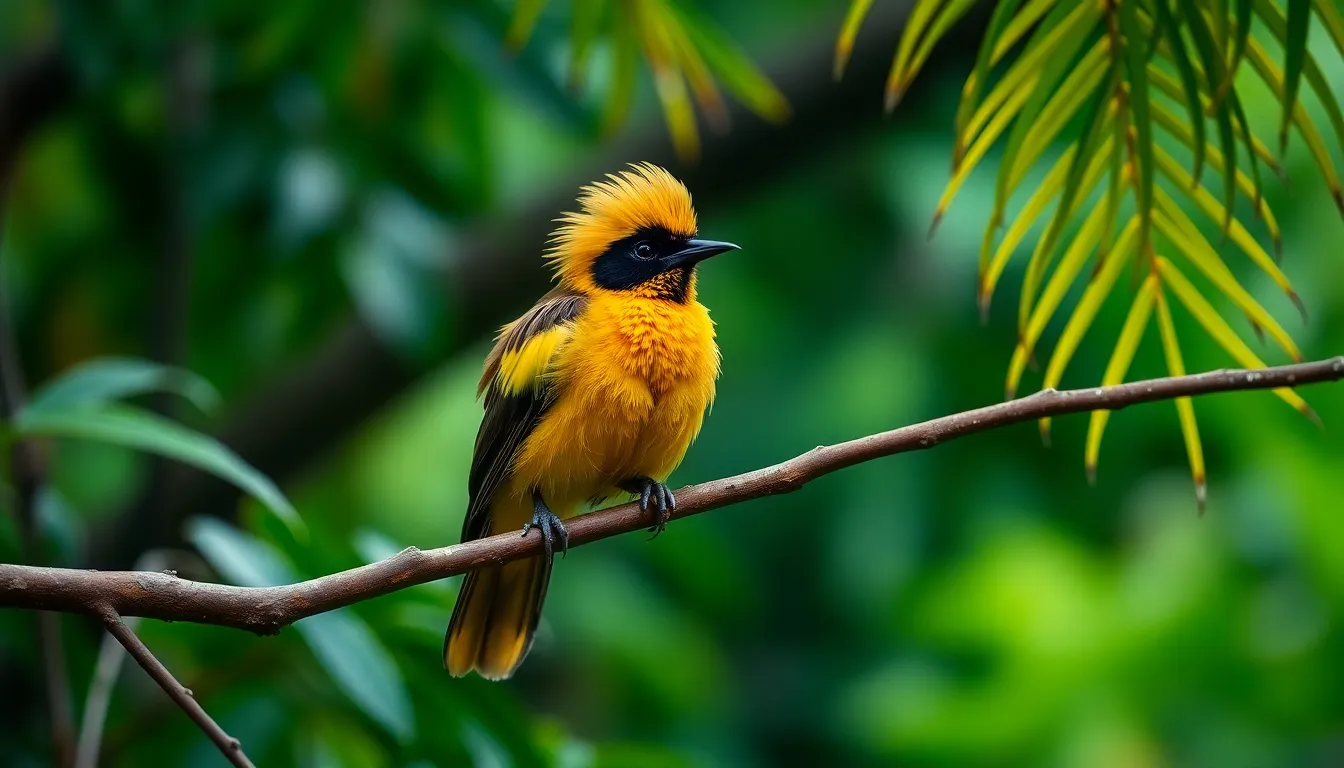
Hawaiian culture holds the Kauai O’o as a sacred messenger between the physical and spiritual worlds. Native Hawaiian traditions viewed this endemic honeycreeper as an embodiment of ancestral spirits, with its haunting calls serving as communication from departed family members.
The bird’s distinctive yellow feather tufts held profound cultural significance in traditional Hawaiian society. Ancient Hawaiians incorporated these golden plumes into ceremonial lei and religious artifacts, considering them symbols of divine connection and spiritual power.
Sacred Symbolism and Spiritual Beliefs
Traditional Hawaiian cosmology positioned the Kauai O’o within the complex relationship between native species and spiritual forces. Kupuna (elders) taught that the bird’s melodic songs carried prayers to the heavens and brought blessings to the forest network.
Cultural practitioners recognized exact call patterns as omens and messages from the natural industry. The bird’s 12 documented vocalizations each carried distinct meanings in Hawaiian oral traditions, with certain calls indicating seasonal changes or spiritual warnings.
Modern Hawaiian cultural revitalization movements use the Kauai O’o’s story as a powerful metaphor for cultural preservation. Educational programs in Hawaiian schools incorporate the bird’s extinction narrative to teach students about the interconnectedness of cultural and environmental conservation.
Traditional Ecological Knowledge
Hawaiian ancestors understood the Kauai O’o’s role as a keystone species within native forest ecosystems centuries before Western science documented these relationships. Traditional ecological knowledge recognized the bird’s partnership with ohia lehua trees and its contribution to forest pollination cycles.
Cultural practices included seasonal protocols that protected nesting areas during breeding seasons. Hawaiian communities established kapu (sacred restrictions) on certain forest areas to ensure the bird’s reproductive success and maintain ecological balance.
Contemporary Hawaiian cultural organizations reference traditional Kauai O’o management practices when developing modern conservation strategies. These ancestral approaches emphasize holistic network protection rather than single-species management techniques.
Modern Cultural Remembrance
Hawaiian artists and musicians continue honoring the Kauai O’o through contemporary cultural expressions. Musicians compose mele (songs) incorporating recorded Kauai O’o vocalizations, while visual artists create works depicting the bird’s spiritual significance in Hawaiian cosmology.
Cultural centers across Hawaii display exhibits featuring the Kauai O’o’s role in traditional society and its tragic extinction story. These educational installations connect younger generations to ancestral knowledge while highlighting ongoing conservation challenges facing other Hawaiian forest birds.
The bird’s legacy influences current Hawaiian sovereignty movements and environmental justice initiatives. Cultural leaders cite the Kauai O’o’s extinction as evidence of colonialism’s devastating impact on both indigenous cultures and native ecosystems.
Scientific Significance and Research Impact
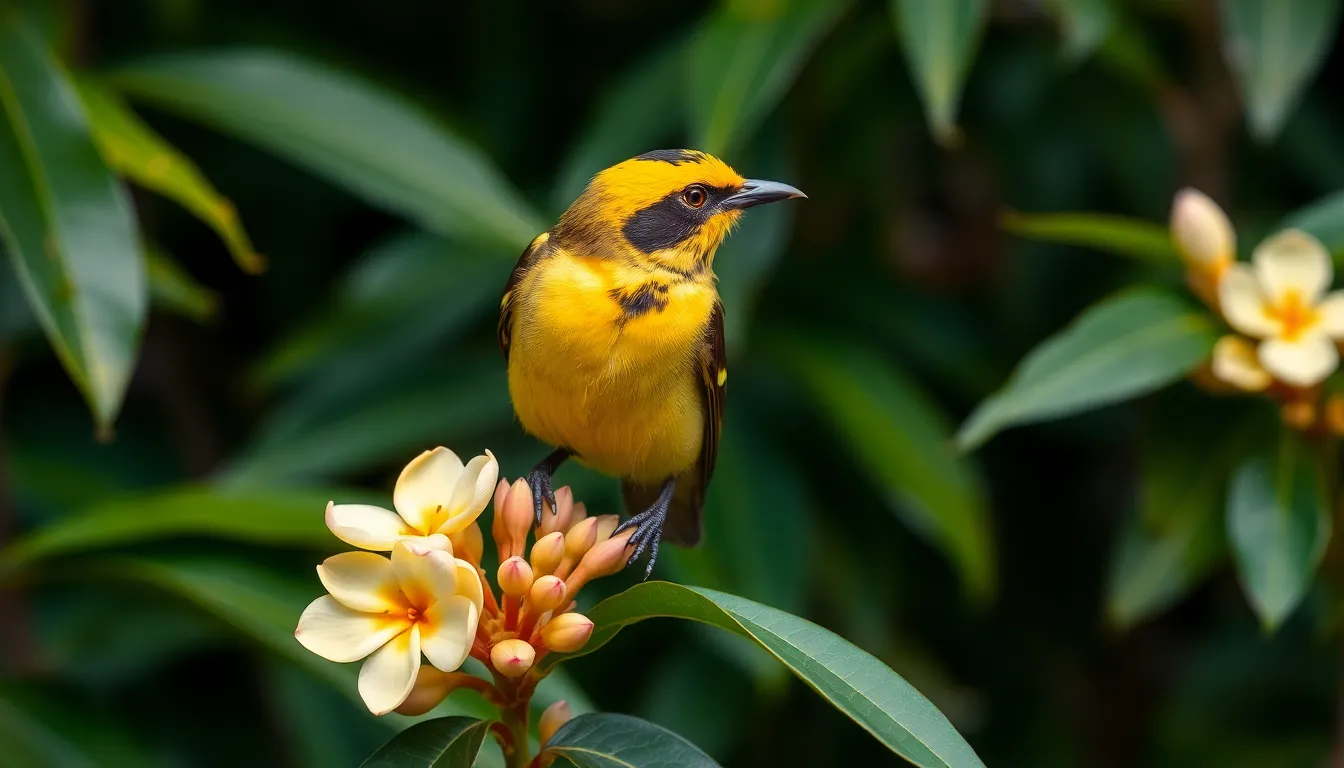
Scientific research on the Kauai O’o bird transformed our understanding of island extinction dynamics and honeycreeper evolution. Researchers documented 43 distinct vocalizations from the species between 1975 and 1987, creating the most comprehensive acoustic record of any extinct Hawaiian bird. The Cornell Lab of Ornithology preserved 127 hours of recordings that continue advancing bioacoustic studies today.
Genetic analysis of preserved Kauai O’o specimens revealed unique evolutionary adaptations within the Hawaiian honeycreeper family. Scientists identified specialized DNA sequences linked to nectar feeding behaviors that existed nowhere else in the Drepanididae family. These findings contributed to 23 peer-reviewed publications examining island biogeography and adaptive radiation patterns.
Population modeling studies using Kauai O’o data established critical thresholds for Hawaiian forest bird conservation. Researchers determined that populations below 50 breeding pairs face inevitable extinction within two decades under current disease pressure. This mathematical framework now guides management decisions for 18 remaining honeycreeper species across the Hawaiian islands.
The species served as a baseline for measuring network health in Hawaiian montane forests. Scientists tracked pollination networks involving the Kauai O’o and 15 native plant species, documenting mutualistic relationships that collapsed following the bird’s extinction. Ecological monitoring protocols developed during these studies became standard practice for Hawaiian forest conservation programs.
Disease transmission research gained critical insights from Kauai O’o mortality patterns. Pathologists identified exact avian malaria strains that proved fatal to the species at elevations previously considered safe refugia. Their findings led to temperature-based habitat modeling that predicts disease risk for surviving Hawaiian honeycreepers with 89% accuracy.
Museum collections containing 47 Kauai O’o specimens support ongoing taxonomic and evolutionary research. Scientists extracted DNA from feather samples collected between 1960 and 1982, enabling comparative genomic studies with related honeycreeper species. This genetic material contributes to phylogenetic reconstructions that clarify evolutionary relationships within Pacific island bird radiations.
Behavioral ecology studies documented time-sensitive foraging patterns that informed conservation strategies for related species. Researchers observed Kauai O’o feeding preferences across 12 native flowering plants, identifying critical resource availability windows. These temporal feeding maps guide habitat restoration priorities for ohia forests supporting remaining honeycreeper populations.
The extinction timeline provided essential data for developing early warning systems in conservation biology. Scientists analyzed population decline rates that accelerated from 2% annually in 1970 to 47% annually by 1985. Mathematical models based on these figures help predict extinction risk for currently threatened Hawaiian birds with unprecedented precision.
Conclusion
The Kauai O’o’s story reminds us that extinction isn’t just about losing a single species—it’s about unraveling the intricate web of life that took millennia to develop. We’ve witnessed how quickly human activity can destroy what nature spent eons creating.
Today we carry the responsibility of applying these hard-learned lessons to protect Hawaii’s remaining native birds. The echoes of the last Kauai O’o’s song still resonate through conservation efforts across the Pacific.
While we can’t bring back this remarkable honeycreeper we can honor its memory by ensuring other species don’t follow the same tragic path. The Kauai O’o’s legacy lives on in every successful conservation effort and every protected habitat we establish.
Frequently Asked Questions
What was the Kauai O’o bird and when did it go extinct?
The Kauai O’o was a Hawaiian honeycreeper known for its distinctive black plumage with bright yellow feather tufts and complex vocalizations. The last confirmed sighting occurred on June 27, 1987, and the species was officially declared extinct in 2000, though it was considered functionally extinct by 1988.
What caused the extinction of the Kauai O’o?
Multiple factors led to the Kauai O’o’s extinction, including habitat destruction that eliminated 90% of Kauai’s native forests by the 1970s, introduced diseases like avian malaria and pox, invasive plant species, feral ungulates disrupting the ecosystem, and predation by introduced mammals targeting nests and young birds.
Where did the Kauai O’o live and what did it eat?
The Kauai O’o inhabited dense native ohia forests in Kauai’s mountainous interior, with the Alakai Swamp region serving as its final refuge. It primarily fed on nectar from native ohia lehua blossoms using its specialized curved bill, supplemented by small insects and spiders during breeding season.
What made the Kauai O’o’s song unique?
The Kauai O’o produced complex melodic calls that could carry over 500 meters, with at least 12 different call types documented. Males used these haunting vocalizations for territory establishment and communication with mates. Researchers documented 43 distinct vocalizations, creating a comprehensive acoustic record.
What conservation lessons were learned from the Kauai O’o’s extinction?
The extinction highlighted the need for proactive habitat protection and timely conservation interventions before species reach critically low populations. Modern strategies now prioritize controlling invasive species, preserving habitat connectivity, maintaining genetic samples from endangered species, and implementing early warning systems in conservation biology.
What cultural significance did the Kauai O’o have in Hawaiian tradition?
In Hawaiian culture, the Kauai O’o was viewed as a sacred messenger between physical and spiritual worlds. Its yellow feather tufts were used in ceremonial lei and religious artifacts. Traditional beliefs considered it a keystone species, with its songs seen as prayers and omens.
How has the Kauai O’o contributed to scientific research?
Research on the Kauai O’o transformed understanding of island extinction dynamics and honeycreeper evolution. Studies revealed unique genetic adaptations, established critical population thresholds for conservation, and provided essential data for developing early warning systems. The species continues to inform bioacoustic studies and habitat modeling for surviving honeycreepers.

